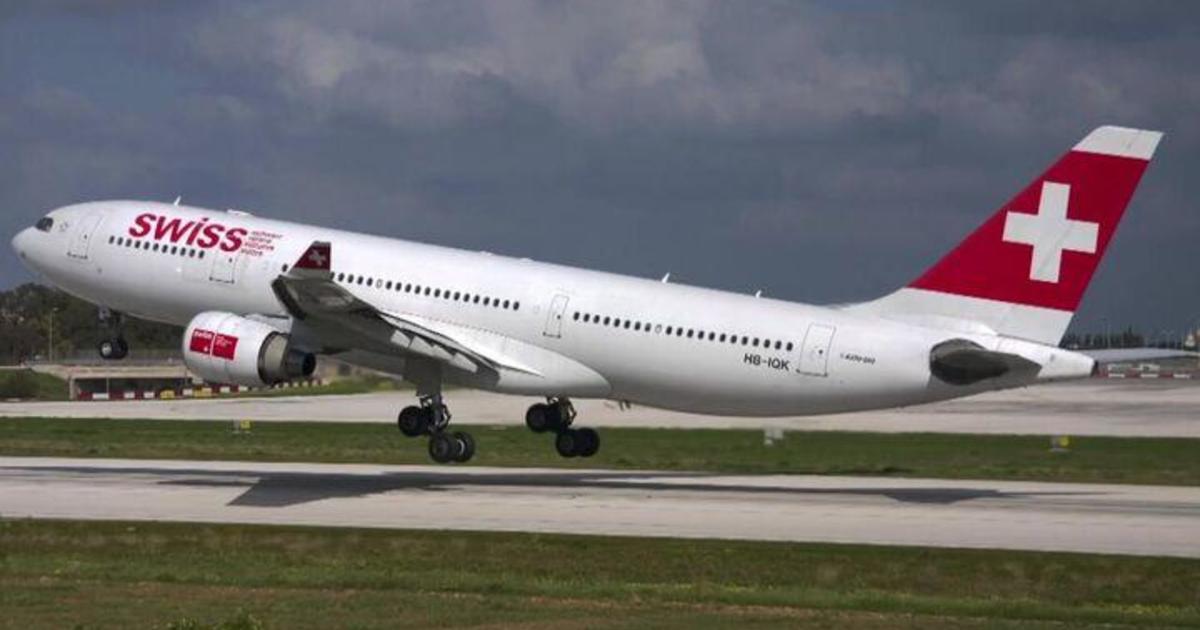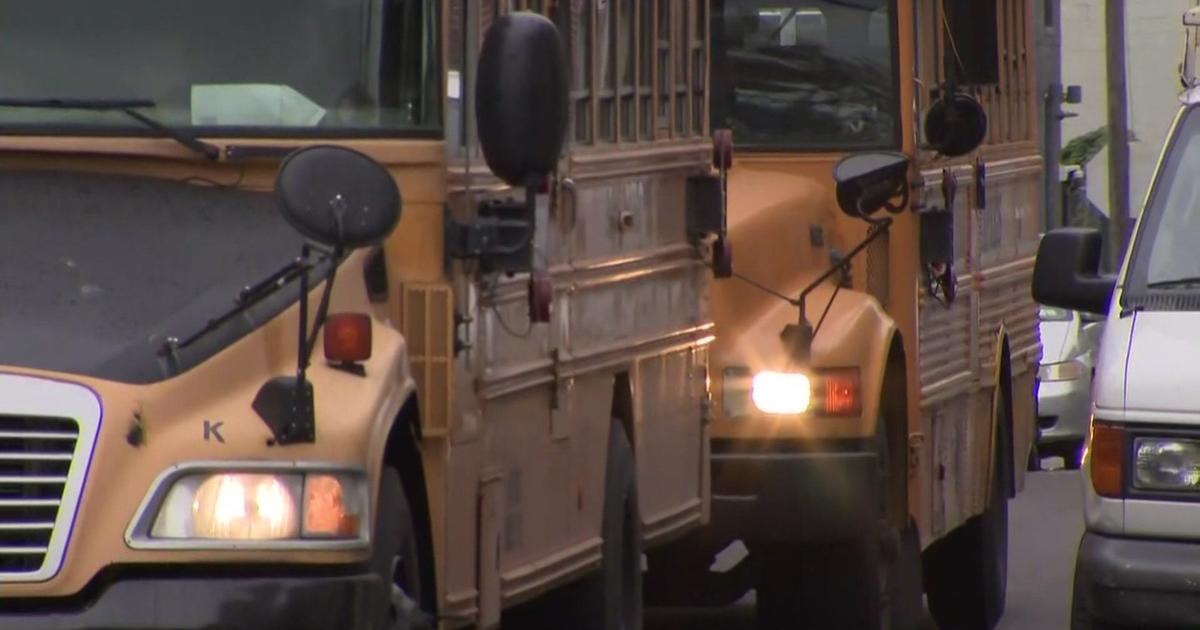NTSB Releases Preliminary Report On Deadly East River Helicopter Crash
NEW YORK (CBSNewYork) -- The National Transportation Safety Board on Monday released its preliminary report on the deadly East River helicopter crash.
Five people were killed in the March 11 crash. Only the pilot survived.
The rest of the occupants died after being unable to free themselves from their harnesses following the crash.
WEB EXTRA: Read The NTSB's Report | See Photos Of Crash Aftermath
The report recounts in detail the events that led up to the deadly crash.
The pilot told NTSB investigators that prior to takeoff he instructed the passengers twice on how to use a cutting tool to free themselves from their harnesses if necessary, according to the report.
Aviation attorney and helicopter Brian Alexander says that's not enough.
"There's just no viable way to extract themselves when they're upside down," he told CBS2's Jessica Layton. "In the water it's cold and it's dark."
After takeoff, the helicopter took them on a tour of the Statue of Liberty, the Brooklyn Bridge and Central Park. During the trip, two of the passengers removed their seatbelts and sat with their feet out of the helicopter to take photos. They remained attached to their safety harnesses during that time, the pilot told the NTSB.
Once at Central Park, the pilot told the NTSB he slowed the helicopter down to allow the passengers to take photos.
"At this point, he noticed that the front passenger's restraint was hanging from the seat. He picked it up, tapped the passenger, and told him to put it back on, which he did," according to the report. "During the interview the pilot also recalled that other passengers had inadvertently released their seatbelts during previous flights."
Just a few moments later, the catastrophe began to unfold.
"As they were flying along the eastern side of Central Park, the front seat passenger turned sideways, slid across the double bench seat toward the pilot, leaned back, and extended his feet to take a photograph of his feet outside the helicopter. As the pilot initiated a right pedal turn to begin to head south, the nose of the helicopter began to turn right faster than he expected, and he heard a low rotor rpm alert in his headset. He then observed engine pressure and fuel pressure warning lights and believed he had experienced an engine failure," according to the report. "He lowered the collective pitch control to maintain rotor rpm and let the nose continue to turn to the right. Central Park came into view and he briefly considered landing there but thought there were 'too many people.' He continued the turn back toward the East River and made his first distress call to air traffic control. He yelled to the passengers to get back in their seats. Due to the helicopter's airspeed, he was not sure he could make it to the East River and reduced rotor rpm so he could 'glide better.'"
The pilot tried to restart the engine twice while the helicopter descended but couldn't.
When he was sure he was clear of buildings and was going to land in the river, he activated floats on the skids and "when he reached down for the emergency fuel shutoff lever, he realized it was in the off position. He also noted that a portion of the front seat passenger's tether was underneath the lever."
As the helicopter plunged, he switched the fuel shutoff lever to the "on" position and attempted to restart the engine.
"He observed positive indications on the engine instruments immediately," the NTSB wrote.
By then it was too late to prevent a crash landing, however -- the engine "wasn't spooling up fast enough." Knowing a crash was imminent, the pilot switched the fuel shutoff lever back to the off position.
Once they crashed, the pilot said he tried to free the front seat passenger, but couldn't get the securing carabiner unscrewed in time.
"Examination of the seats and restraint systems revealed that the five passengers onboard the helicopter were provided with airframe manufacturer-installed restraints, as well as a full body harness. The harness system was not installed by the helicopter manufacturer and was comprised of off-the-shelf components consisting of a nylon fall-protection harness that was attached at the occupants' back by a locking carabiner to a lanyard."
Alexander says the entire concept of an open door aerial flight that requires the type of harness seen in the East River crash fails the common sense test.
"It's unsafe overall, it's not a position any passenger should ever have to be put in to," he said.
CBS2 went to the pilot's home in Danbury, Connecticut but a person inside wouldn't come to the door.




